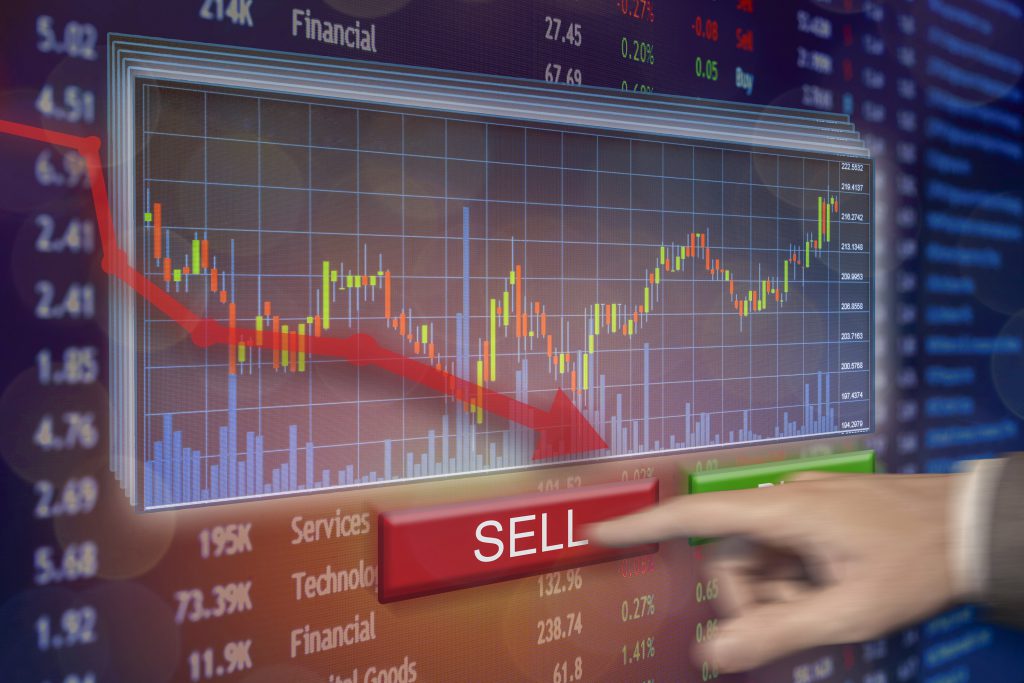It is common to see the term short selling in the news. It is a tactic commonly used by well-known investors. They also share their shorted shares publicly, which leads to many retail investors following their lead. The fact remains, however, that short selling is dangerous, and retail investors should avoid it. While it may be true that funds and high net-worth investors earn a lot of money shorting currency, it is also dangerous. Throughout this article, we will explore the concept of short selling and examine the associated risks.

Short selling – what is it?
There are usually two sides to every currency transaction. On the buy side, there are two parties, and on the sell side, there are two parties on the trade. The buy and sell are usually chronologically arranged. As a result, a party needs to buy the currency first, then hold it for some time, and then sell it.
There is, however, another way to trade the share market. A trader can borrow a currency from a broker-dealer and sell it later, resulting in short trades. Short trades are not necessary. If a currency’s price falls, the trader will buy it back from the market and give it back to the broker-dealer. In other words, a short trade is the opposite of a long trade. It is the hope of an investor to buy a long-term security in anticipation that it will rise in price. A short-term investor, however, hopes the underlying security will fall in price when they sell a short-term trade. Therefore, short selling is a way to gain an advantage when the markets are down.
A short sale is extremely risky due to the following reasons:
Unlimited Downside
Long-term investors can lose up to 100% of their investment. The value of the investment could become zero if the company goes bankrupt. Investors can lose unlimited amounts if they go short on an investment. This is because a currency can rise to any extent, so an investor may lose twice as much money as they invested if the currency rose 200% when expected to fall.

Margin Calls
It is common for investors to face margin calls when they short a currency if its value fluctuates in the opposite direction. Investors are expected to deposit more cash with their broker to continue the position when these margin calls are received. If the investor does not deposit additional cash, the broker will withdraw the position without their consent. Those with the time and the inclination to monitor price movements and make decisions are the only ones who can short-sell due to these constant margin calls. Because retail investors are passive investors, they don’t have time to think about these decisions during the middle of the day, so short selling is unsuitable for them.
Buy-In and Short Squeeze
It is inherently unstable to trade short currency because investors have little control over the currency they buy. In some cases, even though you are willing to pay interest on the currency, it may suddenly be demanded back by the lender. Buy-ins are referred to as this type of transaction.
Short sellers are forced to liquidate and repay their lenders in such circumstances. In similar circumstances, you may be refused the currency sale despite being willing to pay a fair value.
This is known as a short squeeze. If this happens, you won’t be able to purchase the currency back and return it to the lender. Due to the rush of short sellers to cover their positions, there is an excessive demand for currency. It results in a short squeeze that causes the currency prices to rise quickly.
Bottom line
Therefore, short selling is inherently risky and speculative. Investors might be better off avoiding this strategy due to its speculative nature.


